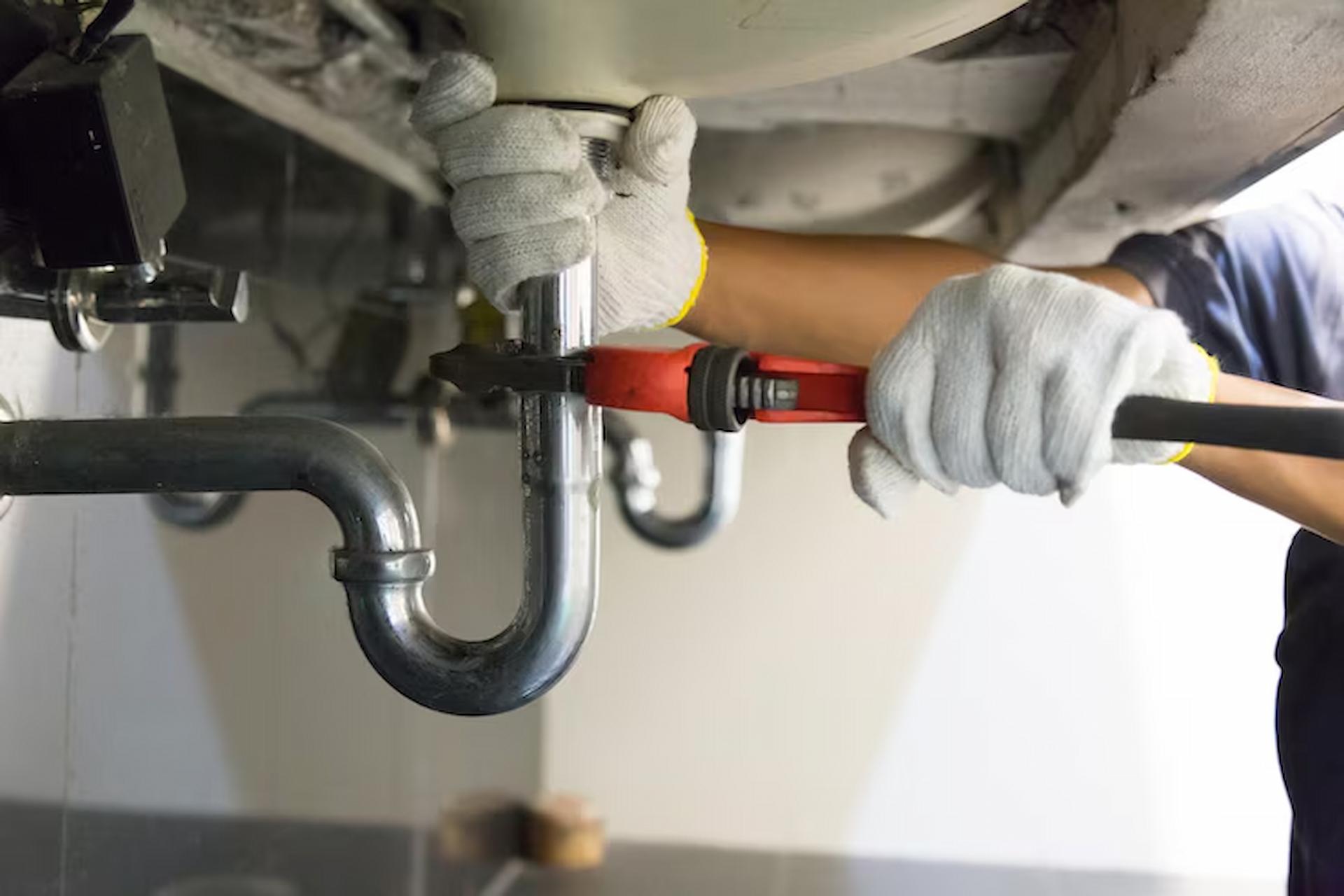Access to clean and safe drinking water is a fundamental human right. Yet, due to ageing infrastructure, millions worldwide are still exposed to the dangers of lead-contaminated water. Lead pipes, once commonly used in plumbing systems, pose significant health risks, particularly to children and pregnant women. Acknowledging the pressing nature of the situation, governmental bodies and local communities are progressively placing greater emphasis on initiatives aimed at replacing lead water pipes. However, the process is complex and fraught with challenges. In this blog post, we delve into practical strategies for navigating the intricacies of lead pipe replacement, ensuring a path to clean water for all.
The Scope of the Problem
Before embarking on lead water pipe replacement initiatives, it is crucial to understand the scope of the problem. It involves conducting comprehensive assessments to identify areas with high concentrations of lead pipes and assessing the extent of contamination. Utilising data analytics and mapping technologies can streamline this process, enabling authorities to prioritise areas most in need of intervention. Additionally, engaging with communities and stakeholders is essential to gain insights into local concerns and garner support for replacement efforts.
Overcoming Financial Barriers
One of the primary hurdles in replacing lead water pipes is the substantial financial strain it places on municipalities and utilities. Replacing lead pipes requires considerable investment in materials, labour, and infrastructure upgrades. To overcome financial barriers, governments can explore various funding mechanisms, such as federal grants, low-interest loans, and public-private partnerships. Additionally, innovative financing models, such as pay-for-success contracts, can incentivise private investment in lead pipe replacement projects while ensuring accountability and measurable outcomes.
Implementing Technological Solutions
Advancements in technology have greatly facilitated the process of replacing lead water pipes. Traditional pipe replacement methods, such as excavation, can be costly, disruptive, and time-consuming. However, trenchless technologies, such as pipe lining and bursting, offer more efficient and minimally invasive alternatives. These techniques allow for the replacement of lead pipes with minimal disruption to communities and infrastructure. Moreover, leveraging intelligent sensors and monitoring systems can enhance the detection of lead contamination and enable proactive maintenance strategies.
Regulatory and Policy Frameworks
Adequate replacing lead water pipes requires robust regulatory and policy frameworks to provide clear guidance and support to stakeholders. Governments at all levels play a crucial role in developing and enforcing regulations related to lead pipe replacement, water quality standards, and public health protection. Establishing stringent standards for lead levels in drinking water and deadlines for lead pipe replacement can create a sense of urgency and accountability among utilities and municipalities. Furthermore, implementing policies that mandate regular water quality testing and monitoring can help identify areas of concern and inform prioritisation efforts.
Public Education and Awareness
Public education and awareness campaigns are essential to replace lead water pipes successfully. Many individuals may be unaware of the risks associated with lead contamination in drinking water or the importance of replacing lead pipes. Therefore, outreach efforts should aim to educate the public about the health effects of lead exposure, the significance of lead pipe replacement, and available resources and support services. Utilising various communication channels, such as social media, community workshops, and educational materials, can help disseminate information effectively and engage diverse audiences. Additionally, fostering partnerships with local schools, healthcare providers, and community organisations can amplify outreach efforts and empower individuals to take action to protect their health and well-being.
Ensuring Equity and Environmental Justice
Lead water pipe replacement initiatives must prioritise equity and environmental justice to ensure that vulnerable communities are not left behind. Historically marginalised neighbourhoods, often disproportionately affected by lead contamination, should be prioritised in replacement efforts. Moreover, community engagement and participation are essential to ensure that the voices of affected residents are heard and their concerns addressed. Additionally, incorporating green infrastructure and sustainable practices into replacement projects can mitigate environmental impacts and promote long-term resilience.
Monitoring and Evaluation
Continuous monitoring and evaluation are essential to assess the effectiveness and impact of replacing lead water pipes initiatives over time. Monitoring efforts should encompass various indicators, including water quality measurements, public health outcomes, and community satisfaction levels. Regular data collection and analysis can provide valuable insights into the progress of replacement projects, identify areas for improvement, and inform future decision-making. Moreover, establishing transparent reporting mechanisms and engaging with stakeholders through regular updates and feedback sessions can enhance accountability and foster trust. By prioritising monitoring and evaluation, authorities can ensure that lead pipe replacement efforts remain focused on achieving tangible results and improving public health outcomes.
Conclusion
Lead water pipe replacement is critical to safeguarding public health and ensuring access to clean and safe drinking water for all. By understanding the scope of the problem, overcoming financial barriers, implementing technological solutions, and prioritising equity and environmental justice, communities can navigate the challenges of lead pipe replacement effectively. However, concerted efforts and collaboration among government agencies, utilities, communities, and stakeholders are essential to drive meaningful progress. Together, we can clear the path to clean water and build a healthier and more equitable future for future generations.

